Denis Shedov and Dan Storyev explain how the repression in occupied Crimea was structured and how it evolved
Denis Shedov is an analyst and lawyer at OVD-Info, specialising in politically motivated prosecutions. His expertise includes state pressure on civil society, and the broader civil rights situation in the country. Denis is a member of the ODIHR Panel of Experts on Freedom of Assembly and Association, contributing to international human rights efforts. In addition to his human rights work, Denis is a Doctoral Researcher at the University of Helsinki, and a Research Collaborator at the Centre for Socio-Legal Studies, University of Oxford.
Dan Storyev runs OVD-Info’s English language programme. You can find him on X, Bluesky, and Instagram as @storyevtime.
By the eleventh anniversary of the occupation of Crimea, Russian authorities, in an attempt to turn the peninsula into a ‘showcase’ of the Kremlin’s law and order, transformed it into one of the most heavily repressed territories under their control.
Crimea has become a space where repression was not only imported from Russia, but tailored and intensified to fit the local context. The evolution of state repression in occupied Crimea demonstrates both the transplantation of familiar Russian tactics, and the innovation of new ones later exported back to Russia.
We calculated that in 2024, occupied Crimea recorded the highest number of politically motivated criminal and administrative cases, as well as politically motivated detentions per 100,000 people among all Russian-controlled regions. In total, there are 349 known individuals who have faced politically motivated criminal prosecution in Crimea and Sevastopol since 2014 — a number second only to Moscow.
The development of the repressive regime in Crimea can be traced through three key phases, as illustrated by our data. The first is the transitional period of 2014–2015, the second is the fully formed repressive regime of
Phase I: importing and adapting repression (2014–2015)
In the first two years after the occupation, Russian authorities laid the foundations for a coercive system. Their methods ranged from extremely harsh — such as kidnappings — to surprisingly lenient by Russia’s standards at the time, including release on bail of several individuals who had already been arrested in a criminal case accusing them of using violence against authorities.
Apparently, the Kremlin was experimenting with various methods of suppressing civil resistance in Crimea, including attempts to divide the Crimean Tatar community by creating and supporting pro-Russian Crimean Tatar groups, and, in some cases, trying softer forms of repression. Nevertheless, in the Russian arsenal of carrots and sticks, the sticks were certainly favoured.
The most striking aspect of repression in Crimea came to be the enforced disappearances of activists. CrimeaSOS identifies two waves of enforced disappearances in Crimea before 2022. The first wave commenced from March to May 2014, targeting journalists and activists during the Russian takeover; during this period, at least 23 were abducted, according to CrimeaSOS. The next wave began in summer 2014, lasting till May 2018. The occupation focused on Crimean Tatars and pro-Ukraine activists; during this period, at least 20 disappeared.
The first documented victim was Reshat Ametov, a Crimean Tatar who vocally opposed the occupation. He was abducted by unidentified men in camouflage during a peaceful protest in Crimea’s capital, Simferopol, on 3 March 2014. Less than two weeks later, he was found dead, with traces of torture. Despite evidence linking the abduction and murder to the pro-Russian paramilitary group
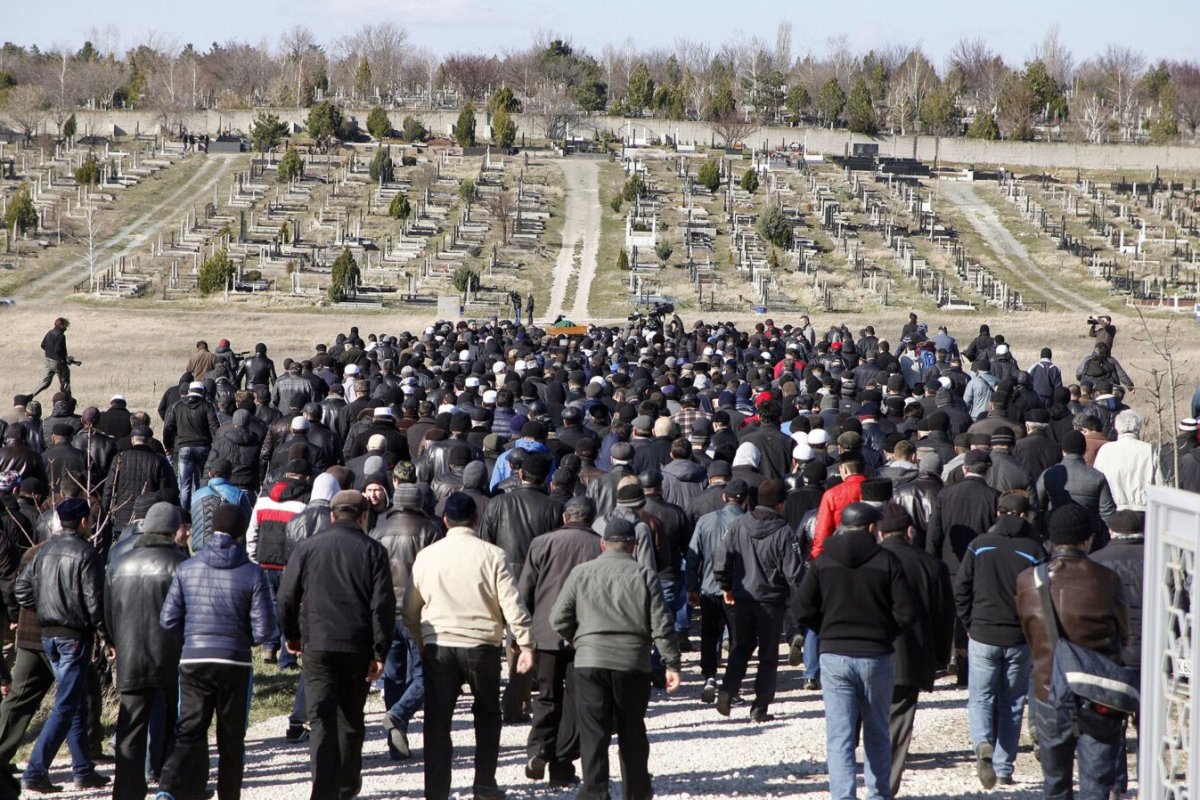
From March 2014 to November 2020, the UN recorded 43 cases of enforced disappearances in Crimea. The majority of abductees were released, one was imprisoned, one — Reshat Ametov — was found dead, and the fate of 11 people remains unknown to this day. Those who were released say they suffered severe torture, including beatings, faux executions, and mutilation. In April 2024, the name of Mukhtar Arislanov, missing since 2015, appeared on Russia’s official list of
But enforced disappearances are not the only tool the Kremlin used. Politically motivated criminal prosecutions began early. In 2014, there were at least 12 such cases; in 2015, the number rose to 20. One of the first major cases was the so-called
Sentsov’s activism in jail, including his months-long hunger strike, inspired human rights groups to collect and publish information about Ukrainians imprisoned in Russia on political grounds. This became known as the
Religious persecution came into force too. The first prosecution of a Muslim accused of ties to Hizb ut-Tahrir — an Islamist movement legal in Ukraine but banned in Russia — was recorded in 2015. These charges would become a central tool of repression, engineered to disproportionately target Crimean Tatars.
Russian security forces have been known to fabricate Hizb ut-Tahrir cases based on non-violent activity, charging individuals under terrorism laws solely for alleged affiliation with a group that has not been credibly linked to actual terrorist attacks. These cases often rely on questionable evidence, while resulting sentences can reach up to life in prison.
A dramatic example of a Hizb ut-Tahrir case is the recent case of Oleksandr Sizikov, sentenced to 17 years in prison for
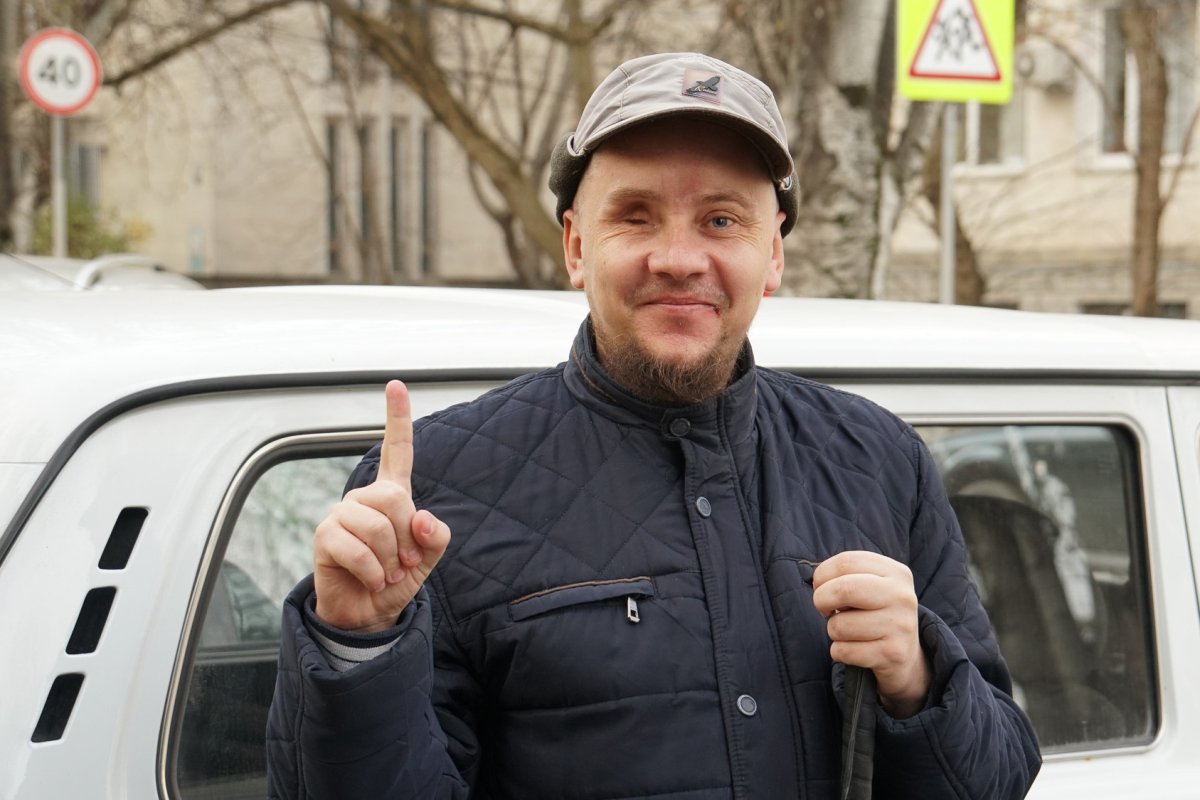
The authorities also began criminalising protest by initiating two big umbrella cases: the
The prosecutions in both cases dragged on for years, and became a tool for targeting dissenting leaders and activists of the Crimean Tatar movement. Several activists were sentenced to suspended terms and fines, while community leader Akhtem Chiygoz received eight years in prison, but was later pardoned and released under an agreement between Russia, Turkey, and Ukraine. In 2022, Mustafa Dzhemilev was convicted in absentia for alleged border and weapons violations, with his sentence later increased to four years in prison.
Expectedly, independent media came under immediate attack. Even before the Kremlin-run referendum, Russia seized key Crimean media outlets. By 2015, 92 per cent of media operating before the occupation had failed to re-register under Russian law. The ATR channel — one of only three broadcasting in Crimean Tatar — was shut down.
The crescendo of the variegated orchestra of repressive measures came in 2016. Then the Kremlin designated the leading executive-representative Crimean Tatar body, the Crimean Mejlis, an
Phase II: full operational capacity (2016–2021)
In 2016, the Kremlin’s repressive machine hit full speed, with 38 new politically motivated criminal cases — almost double the previous year. From this point, repression became systematic.
Prosecutions for alleged Hizb ut-Tahrir ties surged. By March 17, 2025, 130 people had been imprisoned on such charges in Crimea, 125 of them Crimean Tatars. Repression increasingly targeted Crimean Solidarity activists — a grassroots group supporting political prisoners. Russian authorities portrayed them as extremists, weaponizing terrorism charges to dismantle civic resistance.
One of the first cases against Crimean Solidarity activists began with the arrest of Marlen Asanov in October 2017; he was sentenced to 19 years in prison for alleged involvement in Hizb ut-Tahrir and attempted seizure of power.
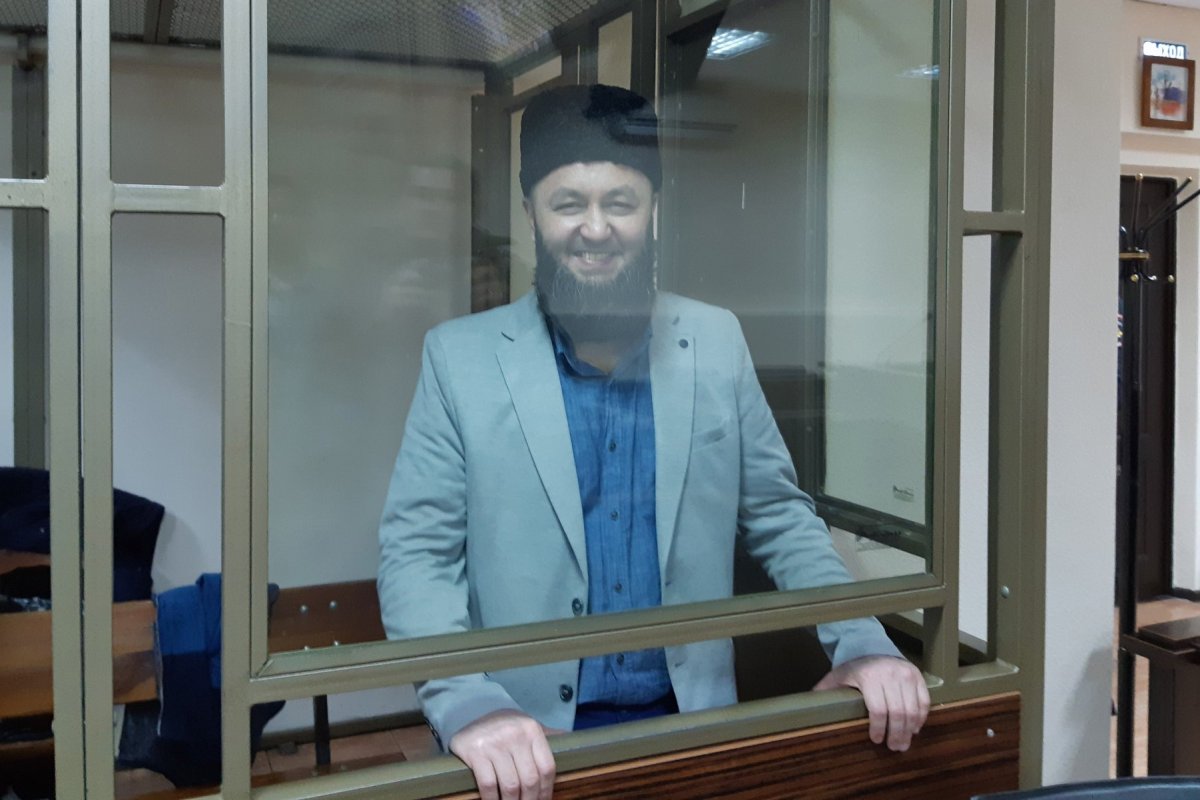
In 2018, human rights defender Server Mustafayev was detained and later sentenced to 14 years, along with nine others — eight of them Crimean Solidarity activists — receiving between 13 and 19 years. In 2019, 20 men were detained in one of the largest crackdowns on Crimean Muslims, later known as the
Fabricated sabotage cases also rose. Thus, Nariman Dzhelyal, former deputy head of the Crimean Tatar Mejlis, and brothers Asan and Aziz Akhtemov were prosecuted for allegedly sabotaging a gas pipeline in Crimea in August 2021. They were sentenced to 17, 15, and 13 years, respectively, despite claims their confessions were extracted under torture. Dzhelyal was released in a prisoner exchange in June 2024.
The so-called
Jehovah’s Witnesses faced growing persecution, mirroring trends in Russia. The first criminal case against a Jehovah’s Witness in Crimea appeared in 2018; by March 2025, 38 individuals in occupied Crimea had become victims of this campaign. Even defense lawyers became targets: as their visibility increased, so did the pressure. Between 2017 and 2023, Crimean Solidarity recorded at least 15 cases of pressure on human rights lawyers in Crimea, including administrative arrests, disbarment, and intimidation aimed at forcing them to stop defending politically motivated cases.
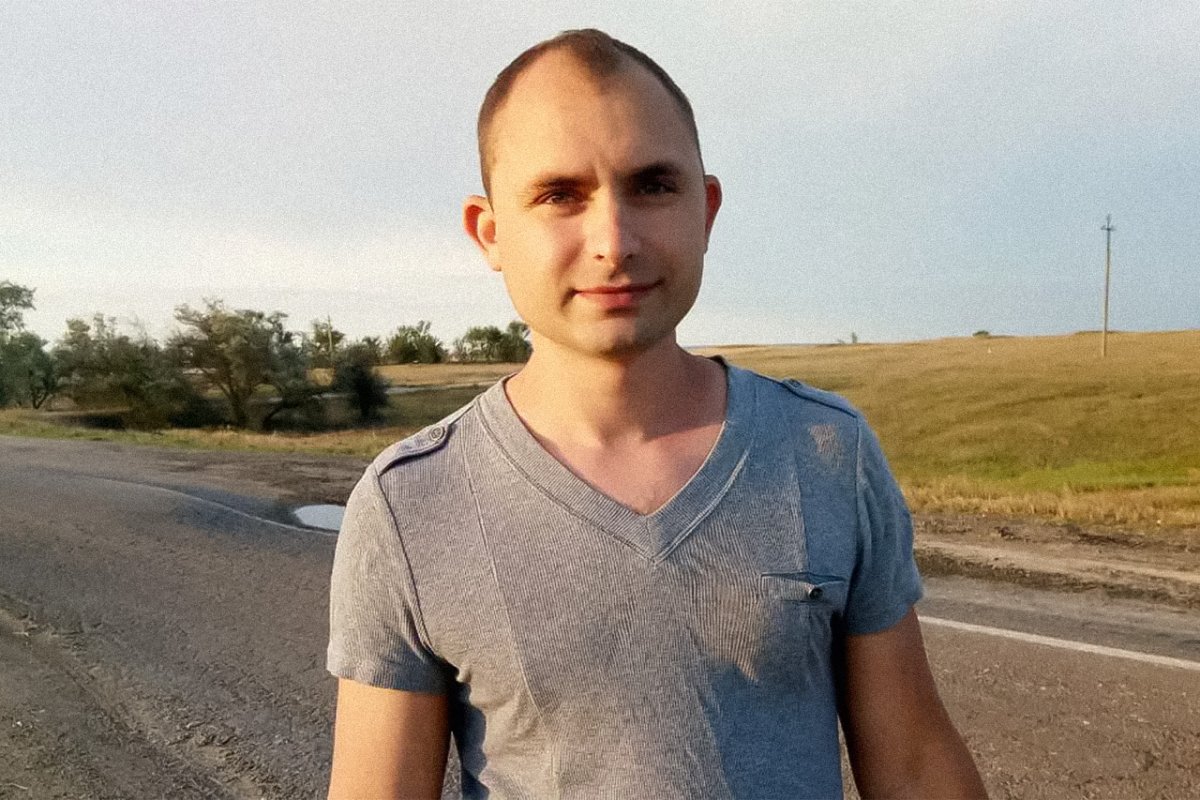
The number of politically motivated prosecutions peaked in 2019 with 42 new cases. Meanwhile, enforced disappearances declined. The 2020 pandemic temporarily slowed the pace of criminal prosecutions but did not halt the regime.
Phase III: an escalation driven by war (2022–present)
Putin’s full-scale invasion of Ukraine unleashed a new wave of repression. In 2022 alone, there were 56 new politically motivated criminal cases — the highest annual total since 2014. Many targeted individuals for anti-war speech under new laws against ‘discrediting the army’ or spreading
More than half of all known espionage cases opened since 2022 have originated in Crimea. Administrative repression also escalated. From 2022 to 2024, Crimea and Sevastopol led all Kremlin-controlled regions in administrative cases under Article 20.3.3 for
Enforced disappearances surged again: 61 new cases were documented by the UN between 2022 and 2024. These were linked to ‘filtration’ of Ukrainians from newly occupied areas and efforts to suppress local resistance.
Extrajudicial repression also became widespread. Telegram channel
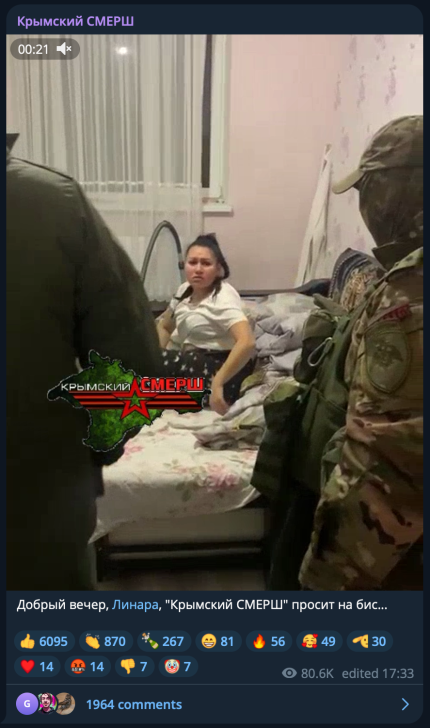
We documented more extrajudicial pressure in Crimea than anywhere else during the full-scale war. A particularly disturbing tactic is forced video confessions. Originated in Chechnya, this practice spread throughout Russia after 2022. Crimea now accounts for over 88% of such cases nationwide, mostly targeting anti-war voices.
Conscription of Crimean residents to fight against Ukraine — a violation of international humanitarian law — also intensified. CrimeaSOS reports that 90% of draft notices went to Crimean Tatars, despite them making up only about 10% of the peninsula’s population.
A Mirror — and a Laboratory
The repressive regime in occupied Crimea serves as both a mirror and a laboratory of Russian authoritarianism. Tactics like banning civil society organizations as
The Kremlin’s pressure on the Crimean Tatars is nothing new — it has a long and painful history. In 1944, Stalin’s regime deported the entire Crimean Tatar people from their homeland, accusing them of collaborating with the Nazis. For decades, they were barred from returning and those who eventually managed to repatriate often found no jobs or housing. The current wave of repression echoes past injustices and is driving more Tatars to flee Crimea once again. With each departure, the Tatar identity on the peninsula fades further.
The regime’s favourite instruments include criminalizing assembly, silencing media, and strategic use of show trials alongside
Eleven years of occupation show that repression evolves, especially in wartime. The regime in Crimea operates with the same impunity seen in Russia. Victims have virtually no recourse to justice, fair trials, or redress. But repression does not exist in a vacuum. It often provokes solidarity and resistance. Crimean Solidarity continues to document abuses and support victims and their families. Their persistence is a reminder that even under brutal crackdowns, civil courage endures.
Want to learn more? Read our in-depth report on repression in Crimea:


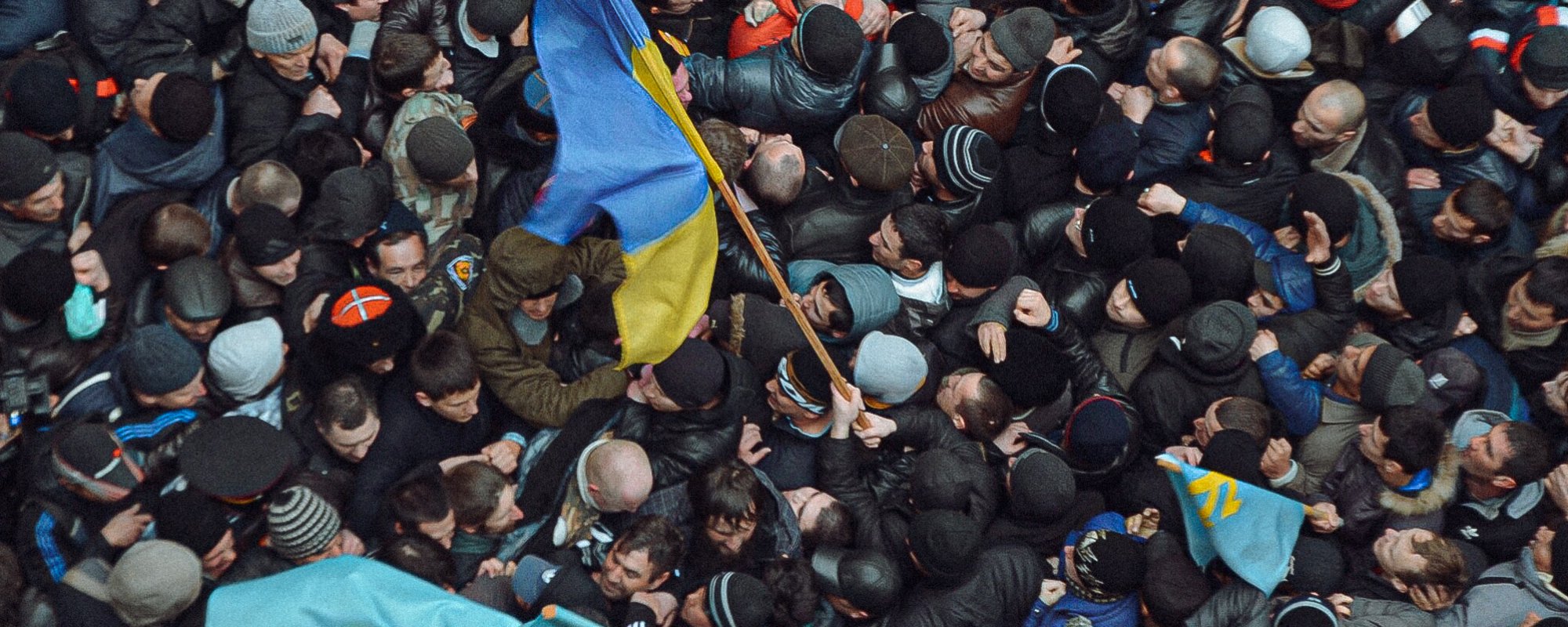

 Download PDF version
Download PDF version